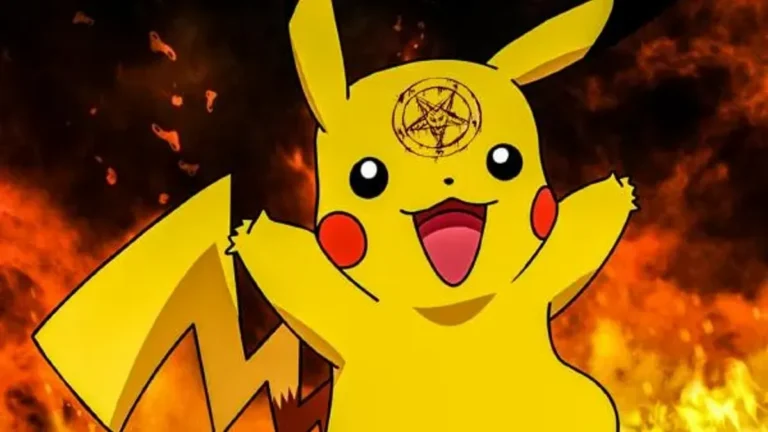Nevertheless, this variant still signals a potential reversal, as it also abruptly halts the prevailing downward price trajectory. The bullish harami pattern indicates that a trend reversal is about to occur, favoring the bullish side of a security. They are two candlestick reversal patterns that are often found near downtrends and support levels.
Western traders interpret it as a sign of strong bullish intent in one session. This pattern has been described in Japanese candlestick studies as a signal of bullish dominance despite short-term hesitation. A bullish candlestick represents a session where the closing price is higher than the opening price. It signals buyer strength and is often seen as an indication of upward momentum or potential reversals. The origins of candlestick charting trace back to 18th-century Japan, where rice trader Munehisa Homma first used them to track price movements.
If you wish to learn more about bullish candlestick patterns, you can enrol into our course on Candlestick Patterns Course based Automated Trading. This course is designed to introduce the learners to patterns formed using candlesticks. By understanding candlesticks and reading charts, you have the tools to decode market movements with confidence. Once you identify a valid “Hammer” pattern during a downtrend, consider it as a potential entry point for a bullish trade. Identifying a bullish pattern involves analysing candlestick charts or price charts to spot specific formations that suggest potential upward price movement. A bullish marubozu is a candlestick with a long body and little to no wicks.
Bullish Harami Cross Performance – Good
- One of the most commonly used candlestick patterns is the Bullish Harami, which can provide valuable insights into potential bullish reversals.
- The colour of the body provides information about the price movement during the specified time interval.
- After confirmation, it is suggested to set a stop-loss order below the Harami low to mitigate risks.
- However, the second candlestick opens bullishly, against the downtrend and has a much smaller real body that does not exceed the length of the first candlestick’s real body.
It indicates that buyers have been in control throughout the entire trading period and can signify the continuation of an uptrend. High volume during certain candlestick formations may indicate stronger market sentiment. Identify the prevailing market trend by examining the overall pattern of consecutive candlesticks. A series of higher highs and higher lows suggest an uptrend, while lower highs and lower lows indicate a downtrend. Choose a specific timeframe for the candlesticks (e.g., one minute, one hour, one day) depending on your trading or analysis strategy.
Trading is not just about finding opportunities; it’s also about managing risks effectively. Here’s how traders integrate risk management with the Bullish Harami pattern. As the trade progresses in a favorable direction, trailing the stop-loss upward to lock in profits can be a prudent strategy. This approach allows swing traders to capitalize on the full potential of the trend while safeguarding their gains. Once the pattern bullish harami candlestick pattern is identified, intelligent traders will wait for a break of the high of the pattern and then enter short when the price retraces through that same high.
A. How to identify a Bullish Harami Cross on the chart?
The bullish harami is relatively weaker than other comparable candlestick patterns when used in isolation. For instance, a tweezer bottom—which is also a two-candlestick bullish reversal pattern—can effectively show a clear rejection of lower prices. In contrast, the bullish harami can simply be a sign of momentary pause unless accompanied by a complementary indicator or viewed within the broader market context for confirmation.
Finally, many consider the harami as a ‘pause signal’ instead of a pattern that can generate a key turning point on its own. This indicates greater bullish strength as sellers were unable to push the market to a low. It would have been a great confirmation candle and a great time to enter the trade.
How to Identify Bullish Candlestick Patterns?
- Bullish Harami patterns are considered to be strong reversal signals, suggesting a potential shift from bearish sentiment to bullish sentiment.
- Our strategic partnerships with trusted companies support our mission to empower self-directed investors while sustaining our business operations.
- My groundbreaking research into the profitability and success rates of chart patterns and technical indicators is built on the most powerful backtesting platforms available.
- A candlestick chart (also called Japanese candlestick chart or K-line) is a style of financial chart used to describe price movements of a security, derivative, or currency.
Identifying the bullish harami pattern on a trading chart is fairly straightforward and easy. However, finding the pattern is usually not enough and you’ll need to combine it with other indicators in order to confirm the pattern. The only difference is that the bearish harami pattern appears at the end of an uptrend and has the opposite outcome that the bullish harami setup.
Bearish Breakaway Pattern: Identifying Potential Reversals in Trading
This would confirm that bulls have broken the stalemate and are now pushing higher. The relative strength index is one of the most common tools used alongside the harami. If the RSI is in oversold territory (typically below 30) when the pattern appears, it can hint that the selling pressure is stretched. A Bullish Harami formation is less frequent compared to other patterns
While not a strong reversal signal on its own, it often adds confluence to the idea that the market is reversing in a given area. If the price has been in a clear downtrend, especially one that has been in place for a long period, a bullish harami’s meaning is more significant. Patterns like these indicate a potential trend reversal and serve as crucial signals for making trading decisions. Although both patterns occur at the end of a prolonged bearish trend, a Bullish Engulfing is considered a more reliable signal of an impending market reversal.
Understanding the Bullish Harami Candle in Trading: A Comprehensive Guide
To truly harness its potential, it’s essential to understand how to identify this pattern. The Bullish Harami consists of two candles, with the first one being a larger bearish candle, followed by a smaller bullish candle. This smaller bullish candle is entirely engulfed within the body of the preceding bearish candle. The pattern suggests that the selling pressure in the market is weakening, and buyers might be gaining control. Identifying this pattern correctly is the first step towards successful trading with it. A Bullish Harami pattern is a highly recognizable market reversal signal that experienced traders use to spot potential changes in trend direction.
Bearish reversal patterns
It indicates a potential bullish reversal, or a movement in market sentiment from negative to positive. It is one of the most prominent bullish candlestick patterns in technical analysis. It is formed when the green candle totally engulfs or covers the previous red candle from top to bottom. Usually, it is seen after consecutive red candles, and the formation of a bullish engulfing candle indicates the break in a downtrend and the start of a new uptrend. Validating bullish candlestick patterns with other indicators can increase the reliability of your trading signals and reduce the risk of false signals.
This variation suggests even greater indecision and potential for a reversal. Another variation is the Bullish Harami Piercing pattern, where the second bullish candle closes above the midpoint of the bearish candle, indicating a stronger bullish sentiment. While the Bullish Harami pattern alone can provide valuable insights, it is always prudent to seek confirmation from other technical indicators or chart patterns.
Understanding where others fail can help you avoid the same costly mistakes and improve your own pattern trading results. The traditional advice to wait for confirmation sounds prudent, but it often leads to missed opportunities and worse entry prices. By the time the third candle confirms the reversal, much of the initial move has already occurred. Professional traders understand that perfect confirmation often means imperfect profits. Netflix provided an excellent example of how harami patterns work in reverse during May 2024, when a bearish harami formed on the daily chart. While this was the opposite of a bullish harami, it demonstrates the pattern’s reliability in both directions.



Leave a Comment